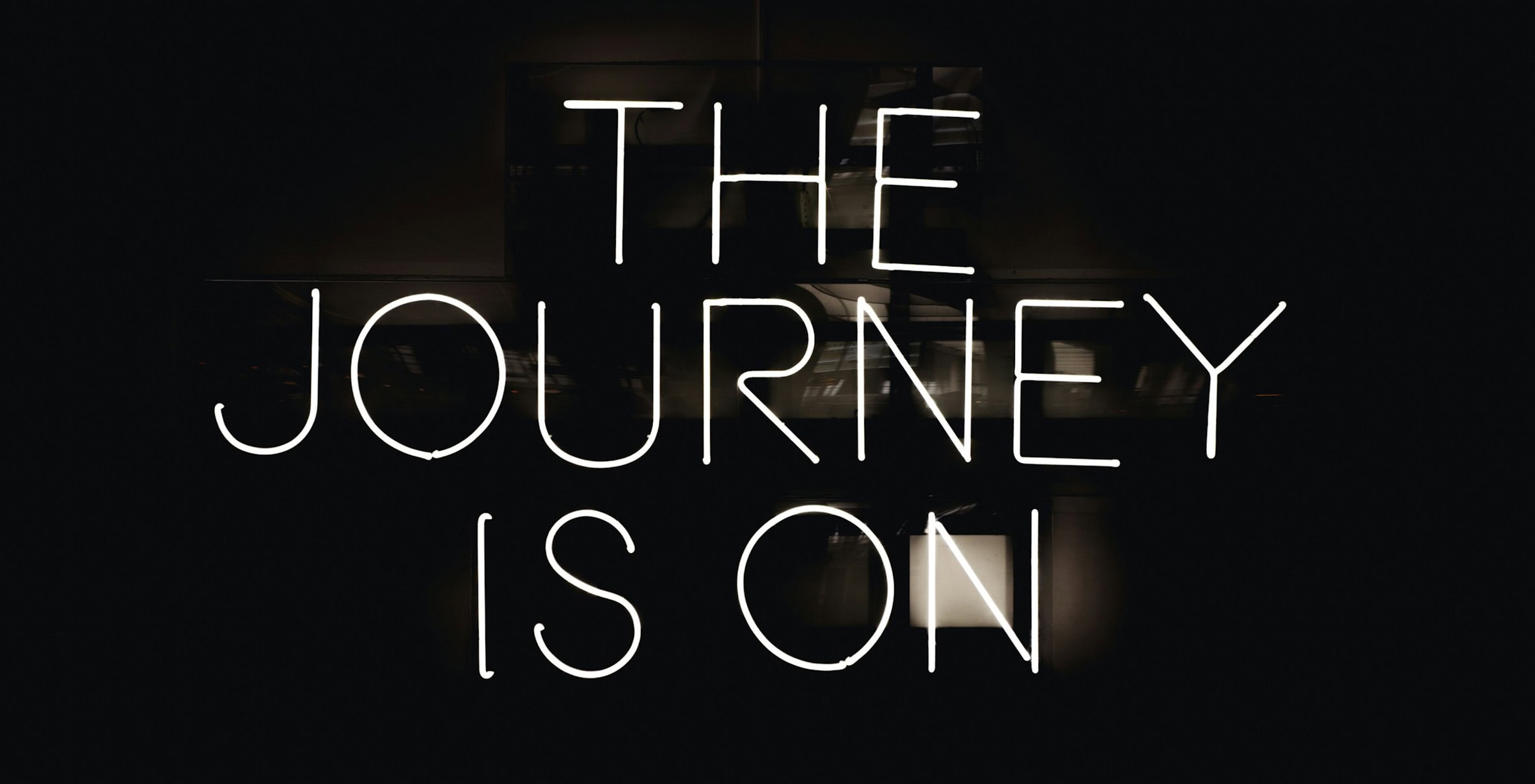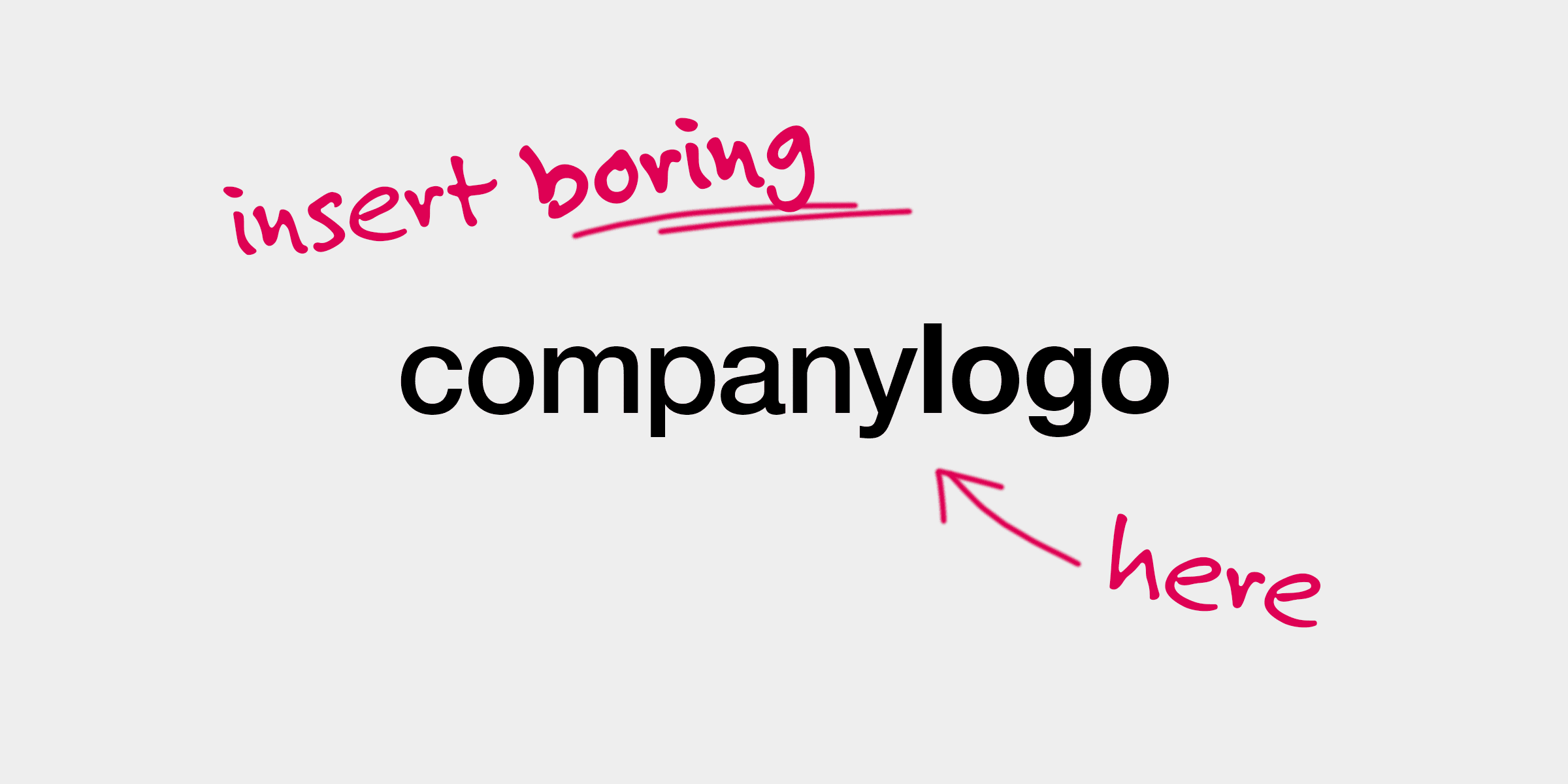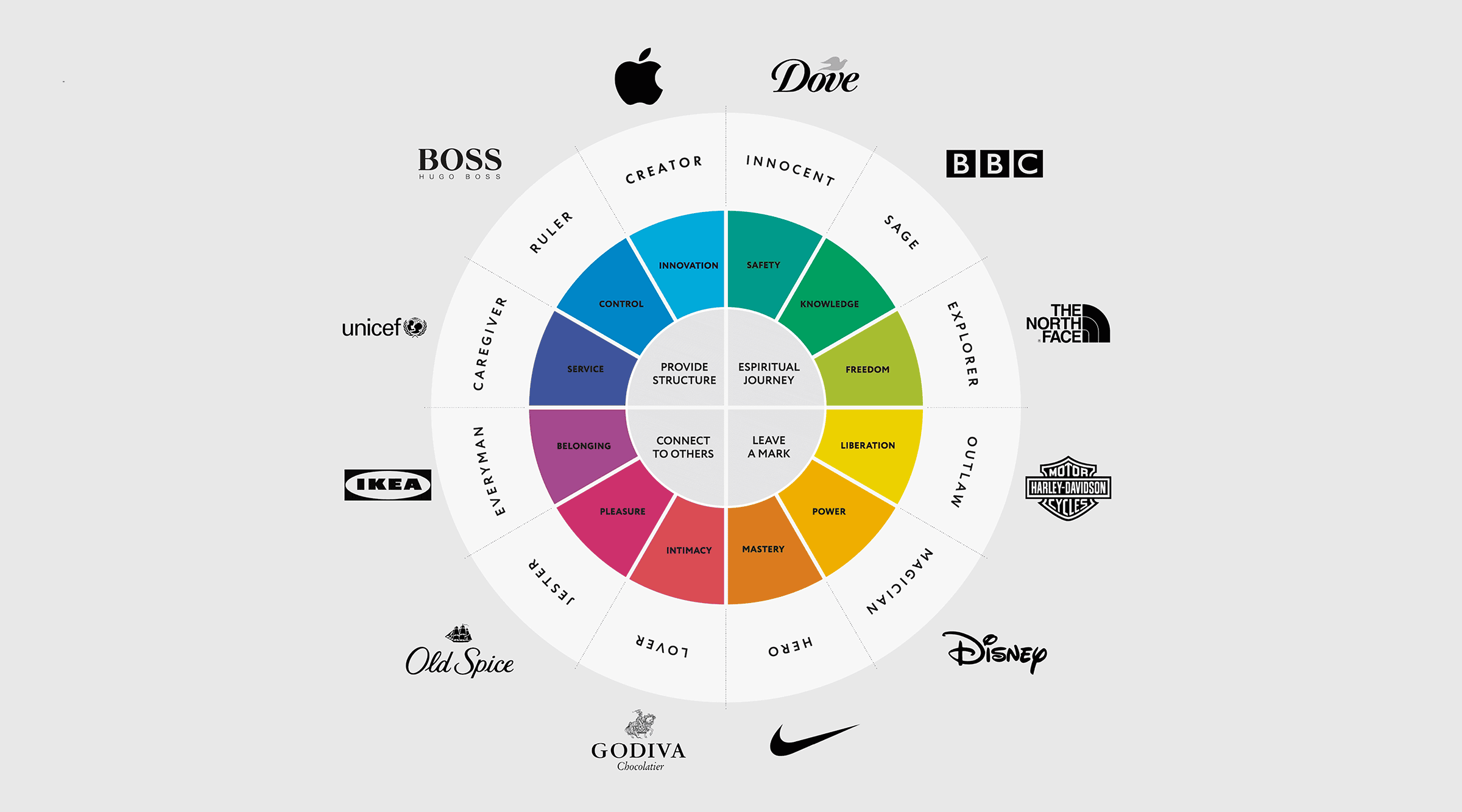As I’ve learned first-hand, being a good designer doesn’t necessarily mean you’ll be good at running a design agency. The same would apply to most professional trades, from baking bread to building battleships. If I could revisit my younger self and impart my wisdom, here are nine things I’d tell myself about running a successful design agency.
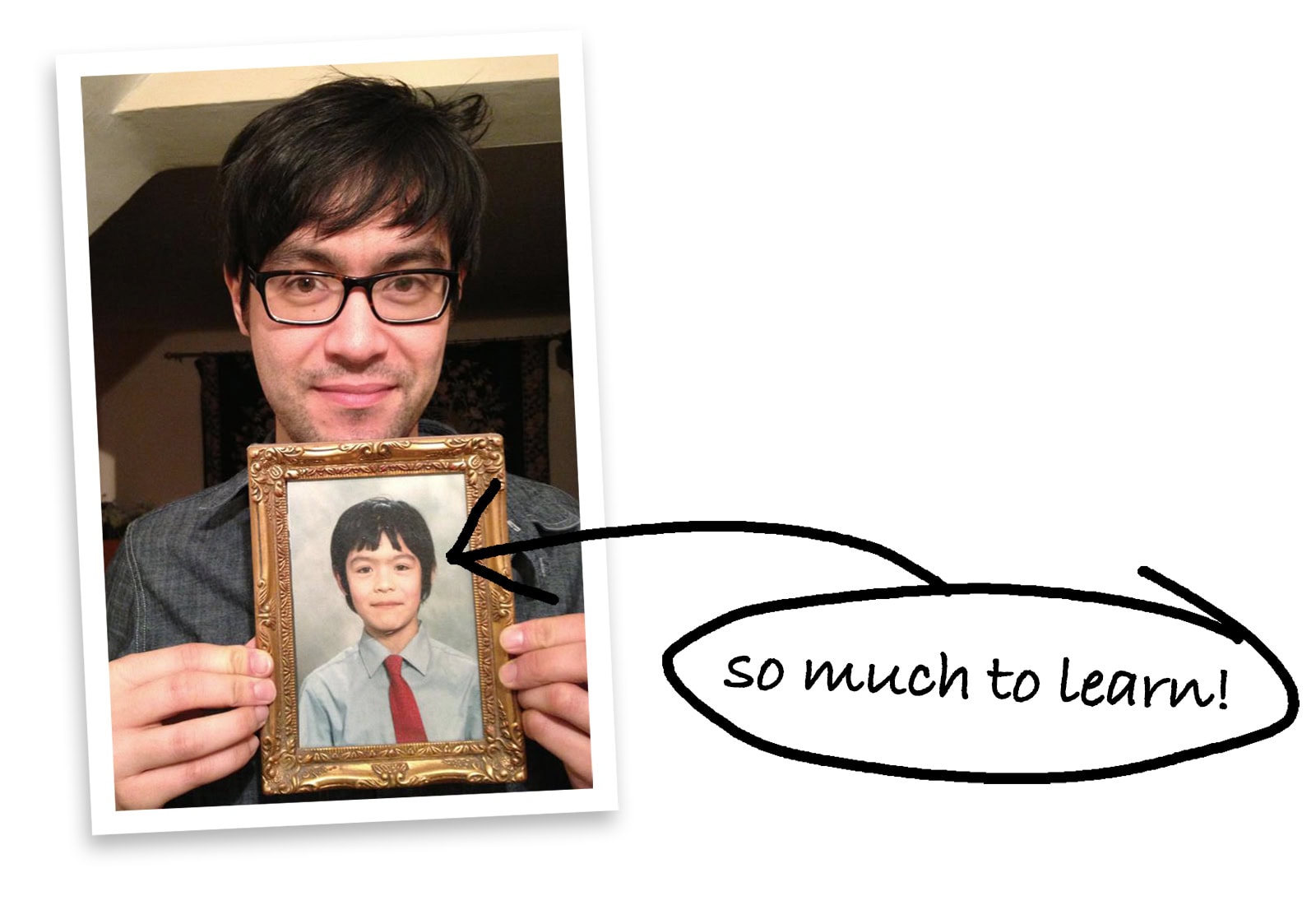
1. Have one BIG goal
Having a singular goal provides clarity and gives focus to everything that you do. Set a goal that’s appropriate to you. Now with every new client or piece of work that comes along, ask yourself: does doing this help me reach my goal?
Facebook has user growth as its focus goal. For March, our tangible goal for this year is profit. Money is not the reason we went into business, but it will help us to achieve our personal goals. Ask what you want from life, and then define a goal where your business can help you achieve this. For some, it may be financial security; for others, it might be the flexibility to spend time with family and friends, for others it might be the ability to work from anywhere – and we’ve done that too!
Further reading:
- Agencynomics – Spencer Gallagher and Peter Hoole
2. Work ON your business, not IN it
While design services (or even products) are what you provide your clients, your business itself should be the best thing you make. Steer away from the mindset of the technical work you do and instead focus on the business itself.
When you think of certain industries or sectors, some names will immediately spring to mind. Why? Because they have worked ON their business, not IN them. New business ventures come to them naturally – they get to pick and choose what to work on and can charge a higher fee.
Treat your design agency as if it were a product. Adopting this mindset, now review your product and how it currently performs in terms of its:
- Marketing
- Sales
- Delivery (i.e. what you do)
- People
- Finance
Give yourself a score out of 100 for each and see where you need to improve. Apply small, achievable but valuable iterative changes to increase each one. If you decide to work with a business coach, this will likely be the first thing they will help you to evaluate and improve.
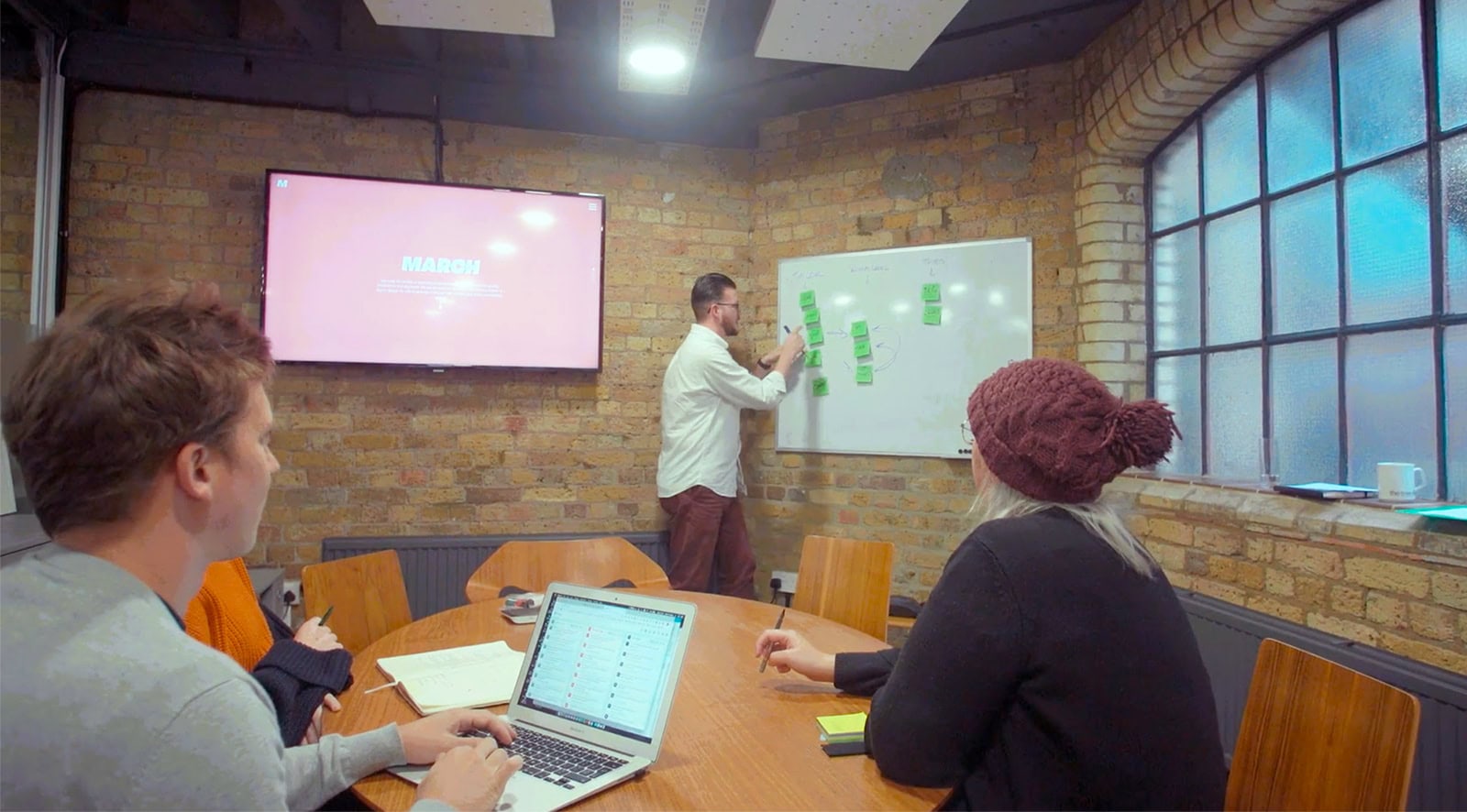
Don’t try to complete everything at once – it will overwhelm you.
“There is only one way to eat an elephant: one bite at a time.”
– Desmond Tutu
Break your tasks down into smaller tasks and work on what you can on a regular basis. This may mean blocking out time each week to spend purely on business development.
Invest time in developing your business and raising its profile. This might include refining your website, creating a brochure, speaking at events, blogging, producing podcasts, or creating content that people are naturally interested in. The work you put in now will pay for itself in the long run.
Further reading:
- The E-Myth: Why Most Small Businesses Don’t Work – Michael Gerber
- Key Person of Influence – Daniel Priestley
- ActionCoach
3. No > Yes
It’s easy to say yes. Yes to that highly demanding client. Yes to that deadline that will mean your team needs to work weekends for the foreseeable future. Yes after that overly frugal client beat your rate down even though you really need the money this month.
Saying no takes courage. Shitty brief? Just say no. Sector you’re not interested in? No. Unrealistic deadline simply for the sake of it? Hell no!
The more you say yes to one type of work, the more you will be known for doing it. Your bad habits will become the new normal.
Earlier in the year, we kept getting asked to create digital products for a sector we were not interested in pursuing. While we could do it and have done so successfully in the past, it’s not what we’re interested in. We gradually began declining these types of leads. This allowed us to take on more work that we are interested in. We’ve been a much happier company ever since, both at the office and at home. The clients we do take on also receive a much better service as a result. Triple win!
4. Pitch to your clients regularly…
Put yourself in your clients’ shoes and imagine that you are the owner of their businesses for a week. Using your own knowledge, what would you do to improve their brand? What value could you add to their business?
Write down everything that comes to mind and research each point. Now pitch it to your client.
Don’t be put off if some of your clients do not initially respond or show interest – remember they are also working on their own businesses and may have other things that take priority. That’s fine – record everything in your CRM or wherever you can easily reference it in the future. Some of our clients often return to these actions three, six, or even twelve months down the line. Keep pitching new ideas, even if you’ve only recently sent one to them.
By pitching ideas you will go beyond design – you are pitching value to their brand while also raising your own worth to them. This is design beyond the nice nuts and bolts.
5. …and have your clients pitch for you
Before a recent pitch to a new client, we decided to try something different – we’d ask our clients to present on our behalf.
We approached four of our existing clients with the idea. I’ll admit, we were nervous at first. Even though we enjoy a strong relationship with our clients, we wondered how they would react. It turns out that people are naturally inclined to help one another. All four clients recorded a brief video explaining what it’s like to work with March and how it could be of benefit to the new client.
Anyone can fudge together some stats and testimonials out of context, but hearing it directly from the client added an extra layer of trust. The prospective client was so impressed that they signed off and we won the project over the other agencies.
6. Profit > Revenue
Some brands are all about chasing revenue. In our time in business, we’ve met other agency owners who show off their prestigious clientele, or their sales, or their number of employees, or their office with all its perks. What they might not reveal is their actual PROFIT. For agencies with a low profit margin or worse still no profit, just one client leaving might mean making someone redundant. Revenue is for show, but profit is calm. No profitable business ever went out of business.
Use software to review cash flow, sales pipelines and expenses on a regular basis – we do this each month via FreeAgent.
Be lean. Do you really need that software licence for that app or program you use once a year? Negotiate with your providers. For instance, after we raised a support ticket with Adobe they knocked our licences down from over £1,000 to £500 a year – that was one of the most profitable 30 minutes I’ve ever spent!
If you’re the business owner, take a director’s salary with dividends. You can also pay into a stakeholders pension for tax efficiency.
If you’ve just started out, then look at taking advantage of HMRC’s VAT Flat Rate scheme. In some cases, this means you could claw back approximately 50% of your chargeable VAT. This will mostly depend on your turnover and also the type of expenses you incur, but it’s worth asking your accountant to do the maths to see if it’s appropriate for you.
Review all your clients/projects every month and work out which ones are the most profitable (you will need to install a timesheet and profitability culture in order to do this, but that’s a conversation for another day). Put all your data into a spreadsheet or use accounts software such as Xero. What do the most/least profitable have in common? Are you putting in excess hours into some clients for little reward?
On the other end of the spectrum, which clients are the most profitable and why? Is it because your process for those types of projects are streamlined or are you more efficient at working in that particular sector? Identify those, evaluate why they are profitable, and look for more projects in that mould.
7. It’s only best practice if it’s best for you
Go on Google and search for “best practices” and you’ll find thousands of articles extolling the virtues of X or Y. However, what works best for WPP and Dentsu may not be the best practice for your own business.
We regularly review our internal processes to see if they are the most effective for us. This ranges from the software that we use, to how we communicate with staff and clients, to our third-party providers, to how we pitch, and so on.
Here is some of the software we use to improve our internal processes:
FreeAgent. Don’t do your finances manually in Excel, or worse, on paper! Use a good online accounting system. We use FreeAgent for time tracking, invoicing (including automated reminders for late payments), financial reports, tracking cash flow and running payroll. Other solutions are out there such as Xero, Sage, Quickbooks and Kashflow. Most of them have a trial period, so use what feels most suitable for your needs.
Better Proposals. For contracts and proposals, we tend to draft everything first in Google Docs (in order to track changes) and then populate it into Better Proposals. This allows us to have beautifully designed documents that can be saved as reusable templates. It also includes an online signature feature, which means we no longer need a separate signature document or software. We keep our proposals up-to-date with a bulletproof contract – I cannot stress the importance enough of having this. Have an employment lawyer review your contracts every 12–18 months.
Monday.com. We migrated from Trello to Monday for project management and workflow. We’ve also adapted it to work as our CRM, and also opened it up to some of our clients in order for them to track progress or log requests.
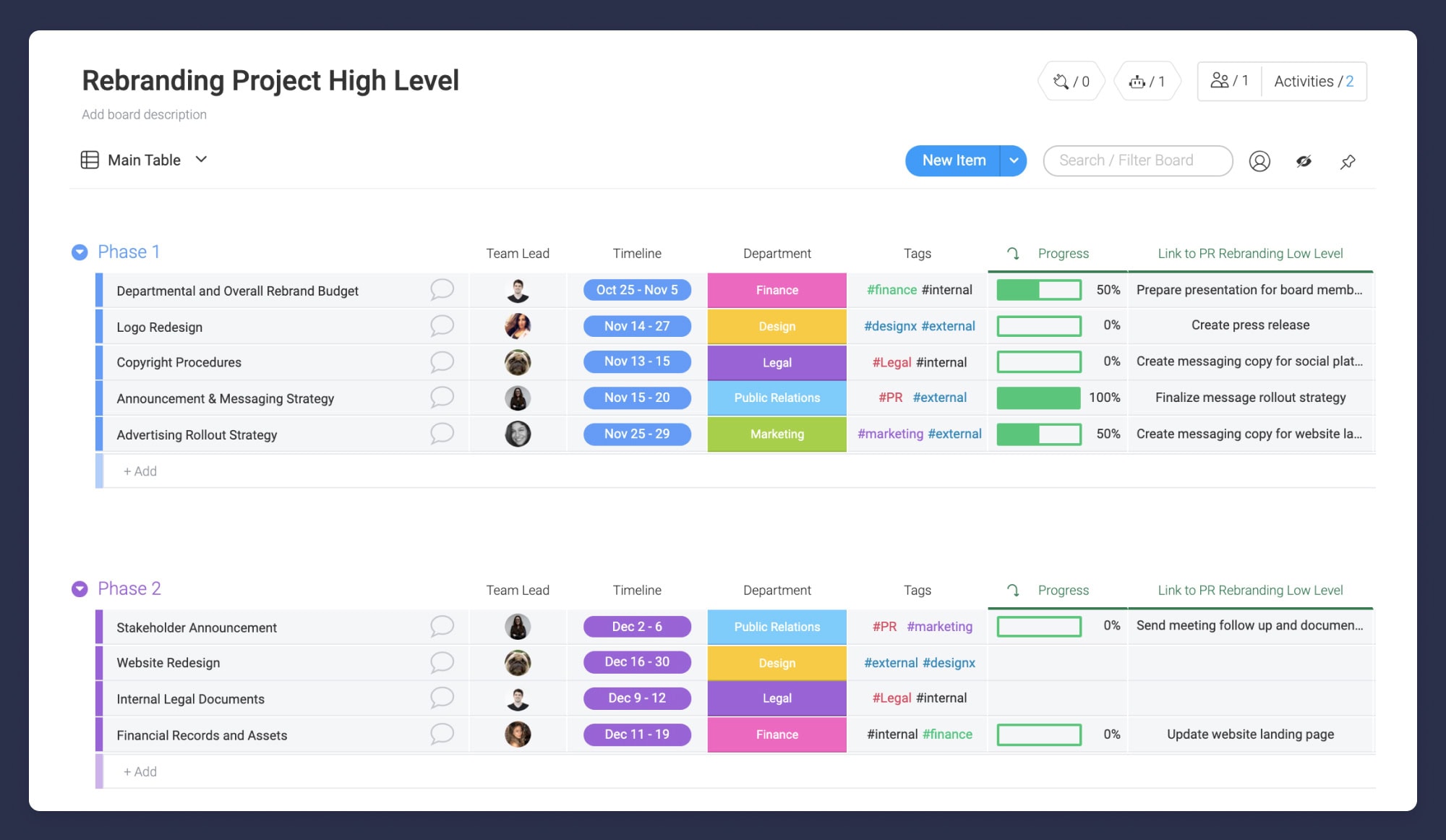
Slack. We use Slack for real-time internal chat and for our peer support networks. For us, Slack tends to sit somewhere between Monday and WhatsApp – it’s typically used when we have a question regarding a project or technical issue, or for day-to-day chit-chat between staff. We tend to limit our dependency on Slack due to its interrupting nature, and instead favour Monday.com for asynchronous requests.
WhatsApp. When living and working overseas in Kuala Lumpur, I found most local businesses would communicate via WhatsApp – there was virtually no one using email, which by comparison was considered old-fashioned and slow. There are pros and cons to using real-time chat. If you go down this route, it’s wise to have a separate phone for business calls. After all, you wouldn’t want a text at 10pm from a client on your personal mobile. We use WhatsApp for urgent requests when it cannot wait – but more on that in the next tip.
8. Understand important vs urgent
Time is your most valuable asset. Guard it against the time vampires who would steal it from you.
Apply Dwight D. Eisenhower’s Matrix to your thinking:
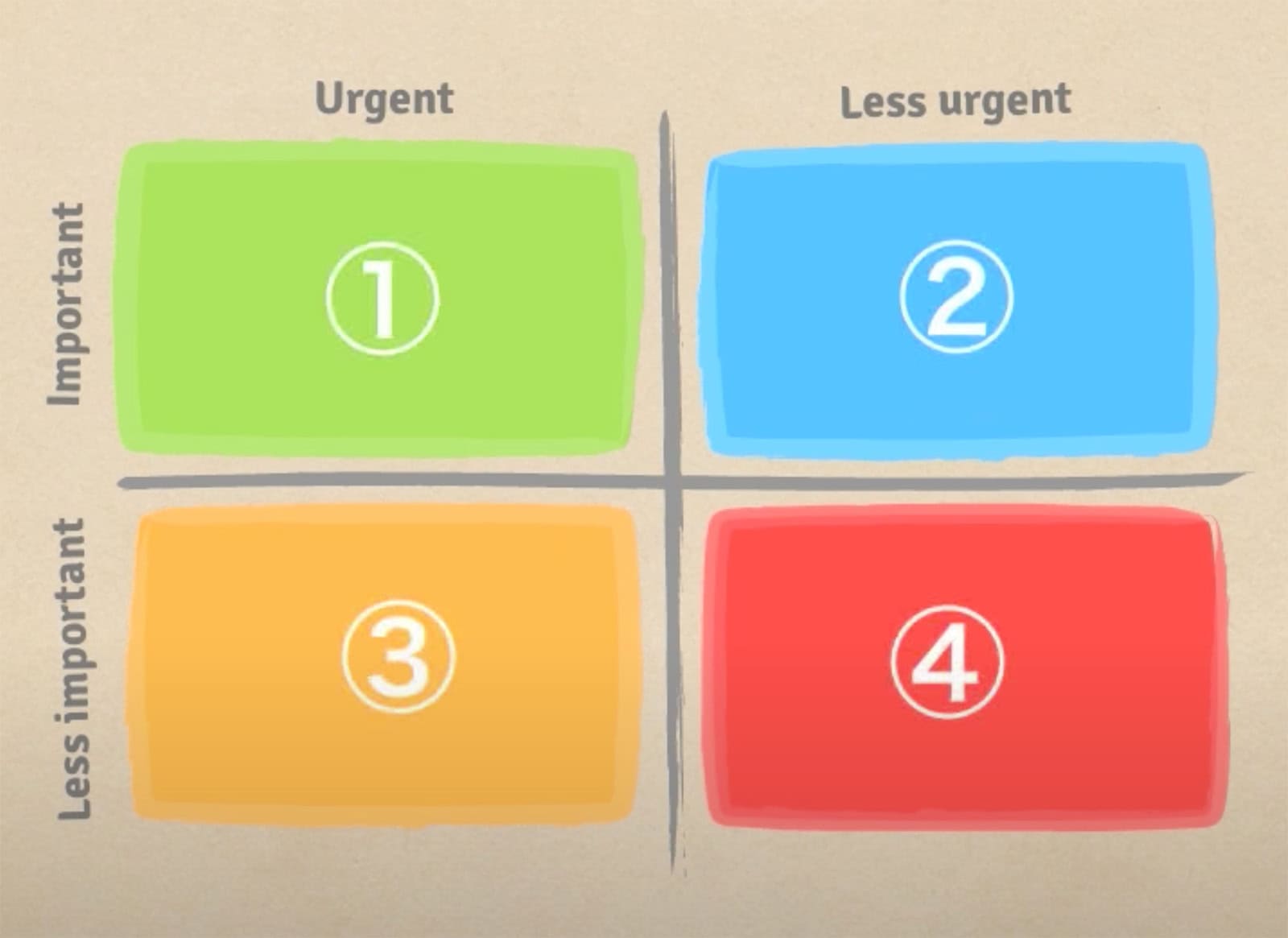
Cut out as much interruption as possible. Aim to work as much within the Important and Less Urgent quadrant – this is where your best thinking and your best work will be performed.
“What is important is seldom urgent, and what is urgent is seldom important”
– Dwight D. Eisenhower
Further reading:
- The Eisenhower Matrix (includes an excellent explainer video)
- The 7 Habits of Highly Effective People – Franklin Covey
- Build Your Business In 90 Minutes A Day – Nigel Botterill
9. Join a peer support network (and contribute!)
The Agency Collective is an excellent resource for peer support, partnerships and socialising for agency founders, as is Agencynomics. You can even look at joining non-agency-based groups or a local chamber of commerce.
Don’t wish to join a large network? Fine – you can set one up for yourself with three or four other agency owners that you know. Try to only have one representative from each service type so there’s no conflict of interest. For instance, we have an excellent peer support group featuring an animation agency, an SEO agency, a radio advertising agency, and a content marketing agency.
Being part of a support network makes you accountable to others when it comes to your business goals. Most importantly, by being part of a peer group, you’ll gain support and advice from people who appreciate what it’s like to run a design agency or similar business.
